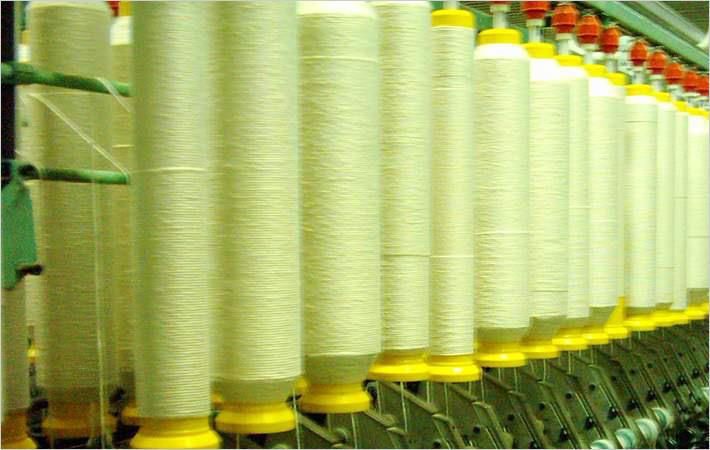
These measures, announced by Union finance minister Arun Jaitley after the GST Council meeting, include reduction in the rate of GST on man-made fibre (MMF) items viz synthetic filament yarn such as nylon, polyester, acrylic etc and artificial filament yarn, yarn of man-made staple fibres, and real zari from 18 per cent to 12 per cent. The GST council has also made a provision for refund of GST for the month of July by October 10 and for August by October 18 which will ease the working capital stress. A facility of e-wallet has also been introduced for addressing the refund issue.
AEPC also welcomed the proposed single window refunds of IGST paid on supplies to SEZs and of inputs taxes on exports under Bond/LUT and extending the Advance Authorization (AA) / Export Promotion Capital Goods (EPCG) schemes to sourcing inputs from abroad as well as domestic suppliers.
“The changes which have been announced by GST Council will give a great relief to the apparel industry for the immediate term, as the sector has been facing severe liquidity crunch after the introduction of GST. The AEPC would like to thank the various government departments which have been working closely with all the stakeholders for considering the plea of its members and reducing the rate of various man-made raw material items. However, since the duty structure remains inverted with fabric at 5 per cent GST, we are hopeful that the embedded taxes arising out of this inverted structure will be refunded to exporters through appropriate mechanisms,” said AEPC chairman Ashok Rajani.
AEPC has been raising the issue of embedded taxes on exports at various forums. In its representation to the concerned Ministries, AEPC has informed that in the absence of encouraging duty drawback and ROSL, exports will further witness a sharp decline just ahead of the peak festival season. (RKS)
Click here to read views of representatives of other textile bodies
Fibre2Fashion News Desk – India